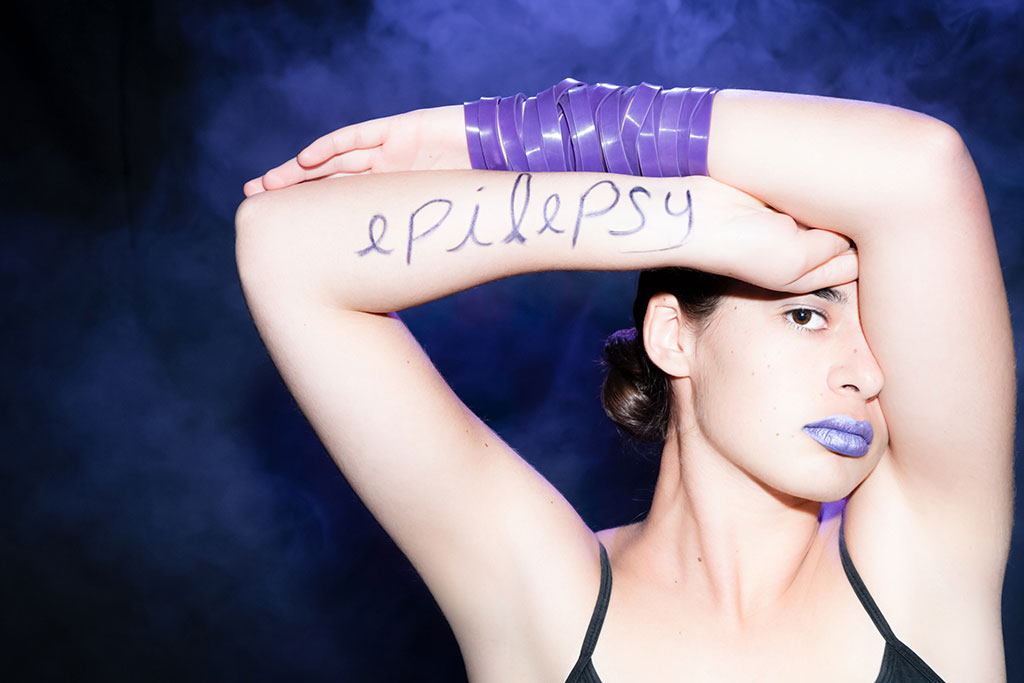One in 26 people will develop epilepsy or recurring seizures in their lifetime, according to the American Epilepsy Society. Today in the United States it’s estimated that between 2 million and 3 million people have epilepsy. While generally not considered underdiagnosed, it’s challenging to differentiate epilepsy from conditions that can mimic it. The epilepsy monitoring unit (EMU) at UConn Health helps clarify the diagnosis. Drs. Jose Montes-Rivera and Marie Eugene, both neurologists in the UConn Health Epilepsy Clinic, explain how.

What is the EMU’s role in diagnosing epilepsy?
Montes-Rivera: The main goal of the EMU is to better understand the nature of the seizures to help us provide the most appropriate treatment. We do this by capturing the event in question on both audiovisual recording and electroencephalogram, or EEG. Over the years, improvement in computer technology has allowed for better and cleaner EEG recordings, but the concept remains the same.
The EMU provides crucial information in determining the next step in treatment. This may include additional medication adjustments and more aggressive treatments such as device implantation and surgery. It also may lead to a diagnosis other than epilepsy/seizure disorder. Despite advances in medications, technology, and surgical techniques, the EMU remains a vital part in the diagnosis and management of epilepsy patients.
How does it work?
Montes-Rivera: The EMU experience begins when a patient arrives to his hospital room. He is met by the EMU team, which consists of a nurse, EEG technologist, video monitor watcher, and neurology residents, supervised by an attending epileptologist. Patients are connected to video-EEG monitoring. The goal is to capture the event in question. To increase the yield we use several techniques such as photic stimulation (flashing lights), hyperventilation (heavy fast breathing), sleep deprivation, and we also adjust seizure medications. The epileptologist reviews the study each day and updates patients and families daily. On the day of discharge, we summarize the results and provide any new insights into the patient’s condition. Admissions tend to last 72 hours, but could be shorter. Depending on results, changes in treatment plan may be made.
Who would be good candidates for the EMU?
Montes-Rivera: The best candidates are those patients whose seizures are not responding to seizure medications. Most commonly, this is because they have a treatment-resistant seizure disorder or because the diagnosis of epilepsy was not correct. Patients who have infrequent seizures would not be good candidates as it would be unlikely that we would capture the seizure. Outpatient EEG may be considered in these situations.

How are patients referred to the EMU?
Eugene: Referring physicians typically refer patients to the neurology clinic for evaluation. After evaluation by one of the epileptologists or other neurologists, those patients thought to be appropriate candidates are then referred for elective admission to the EMU. Neurologists in the community are welcomed to refer patients to the EMU for monitoring if their main concern relates to clarifying the diagnosis of epilepsy in their patients.
How close are we to finding a possible cure for epilepsy?
Montes-Rivera: There have been advances in seizure medications over the past two decades, including the recently FDA-approved cannabidiol medication (Epidiolex). There have also been new devices approved for the treatment of epilepsy (such as responsive neurostimulation and deep brain stimulation) as well as improvements on existing devices (vagus nerve stimulation) in the last five years. These treatments help reduce the number of seizures patients experience but are not considered curative. Curing epilepsy is an active area of research.
Learn more about the UConn Health Epilepsy Clinic, and talk to your primary care physician about a referral.



